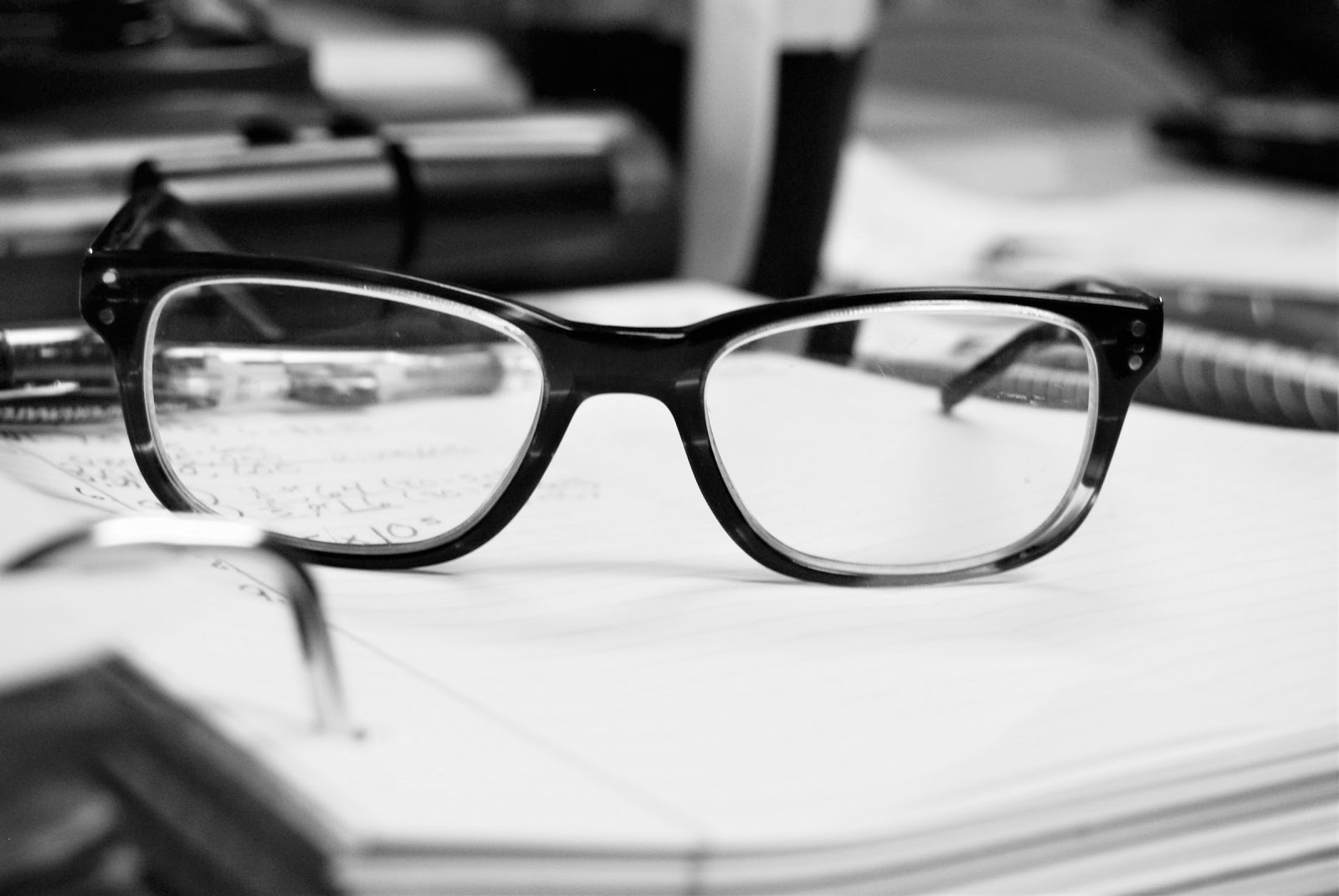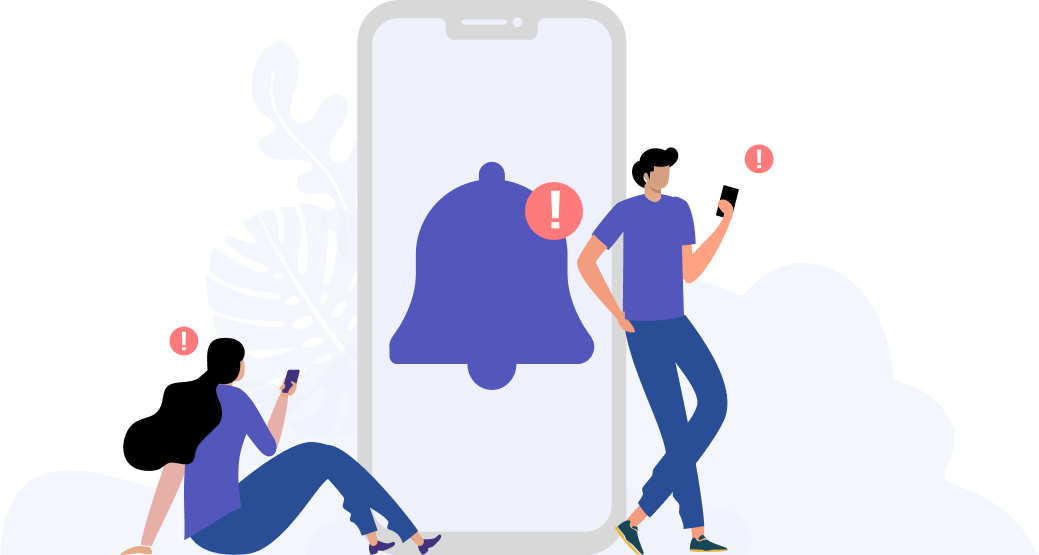Does your new pair of spectacles give you a headache?

Photo by Isabella and Louisa Fischer on Unsplash
Many of us might have felt this before. You don a swanky new pair of glasses, fresh from your optometrist of choice. It’s just about the trendiest frame they have, and it’s dialled exactly to your latest prescription. The world comes into focus – maybe a little too into focus. Within minutes, you’re lightheaded, nauseous and more than a little woozy. What gives?
Correcting refractive errors such as myopia (or also commonly known as short-sightedness) using spectacles may be difficult in some cases, especially when a new change of spectacles often brings headaches. This challenge is especially daunting for kids – it is vital to convince your kids not to switch back to their old pair of spectacles. After all, they’re giving that up for a reason – to ensure that their vision is best corrected and not just because cat-eyes are so last season.
A little new-spectacle-nausea is common for most people for a number of reasons. Your eyes have a number of muscles (six to be exact), all of which have to adjust to the new lens that you’ve got on them. Just as you’d need to relearn how to walk on a higher pair of heels, so do your eyes when they have to see through a new (and in most cases, updated) pair of lenses.
It is also important to ensure that you aren’t mixing up your lenses. That is, if you’ve recently switched to multi or variable-lensed spectacles from your old, regular ones, you should keep using your new spectacles and not switch them up from time to time. Some, like bifocal lenses, offer two distinct lens powers, while progressive lenses offer a gradual transition between differing lens powers. While these spectacles are powerful tools to correct refractive errors thanks to their ability to help with closer tasks and discerning far objects in equal measure, using them does require some time to get used to.

Photo by Caleb Woods on Unsplash
That said, you’ve got to be wary of other issues like overly-tight frames pinching your nose or the sides of your head and the possibility that the lens prescription may not be accurate. A clear indicator that it might be either of these issues is prolonged headaches, even just after a few days of wearing them, so it’s best to ensure that you try out your new pair of glasses thoroughly right after you receive them.
In the meantime, make sure you or your children are getting plenty of rest for the eyes as they adjust to the new spectacles. If your children get tempted to forego their new spectacles altogether – especially if they’re adjusting to their first pair of glasses – the planoApp offers up a smart solution. More than a parental control application, the app is also able to detect and remind children to wear their prescribed spectacles. This may help prevent eye strain-related symptoms in children resulting from not wearing their prescribed spectacles.
Helping children understand why they get dizzy after a spectacle change – and why it’s okay – can go a long way in ensuring that they will not be afraid of a visit to the optometrist to get their eyes checked.
Tools Designed for Healthier Eyes
Explore our specifically designed products and services backed by eye health professionals to help keep your children safe online and their eyes healthy.





